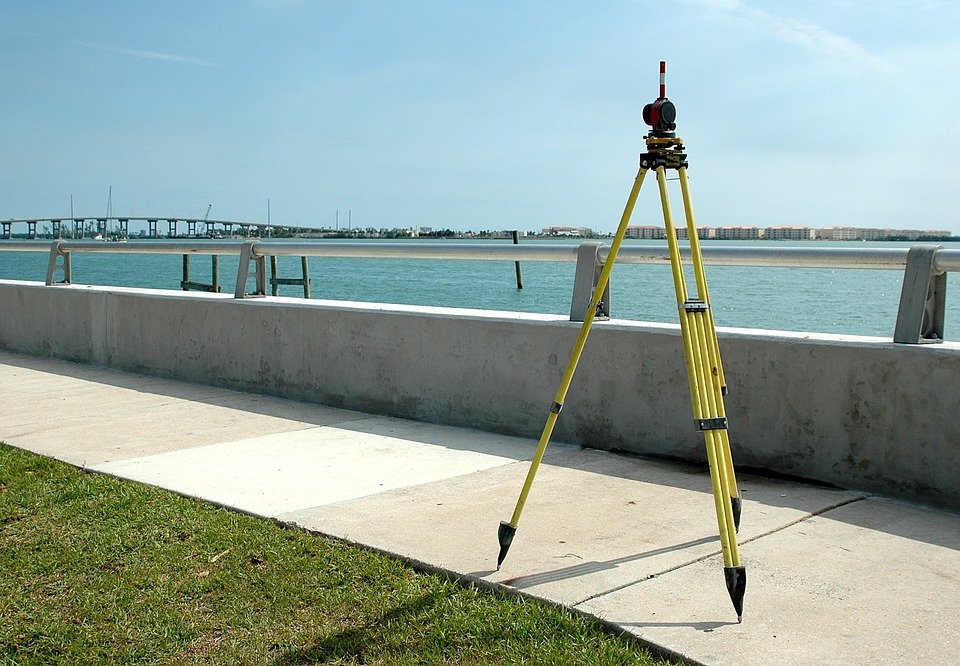[ad_1]
A Comprehensive Guide to Cadastral Surveying
Cadastral surveying is a field of surveying that is concerned with the establishment, definition, and measurement of boundaries of land parcels. It includes the preparation of land maps, plans, and other documents that are used to establish, modify, and record land boundaries. Cadastral surveying is used to determine the legal boundaries of a property, which can be used in a variety of applications, such as land ownership disputes, boundary disputes, and tax assessments.
What Is Cadastral Surveying?
Cadastral surveying is the process of determining and recording the exact boundaries of a parcel of land. This is done by collecting and analyzing data about the land, such as boundaries, topography, and soil composition. This information is then used to create a map of the land that is accurate to within a few millimeters. This map is then used to determine the legal boundaries of the land.
Why Is Cadastral Surveying Important?
Cadastral surveying is an important tool for determining the legal boundaries of a property. It is used to settle boundary disputes, to establish legal rights of access, and to determine the appropriate tax assessment for a property. It is also used to create land surveys for construction, to update land records, and to assist in environmental planning.
What Are the Steps in a Cadastral Survey?
The steps in a cadastral survey typically include the following:
- Gather data about the land: This includes collecting data about the boundaries, topography, soil composition, and other features of the land.
- Analyze the data: After the data is collected, it must be analyzed to determine the exact boundaries of the land.
- Create a map: Once the data is analyzed, a map of the land is created.
- Verify the map: Once the map is created, it must be verified to ensure accuracy.
- Record the map: The map is then recorded with the local land records office.
What Are the Benefits of Cadastral Surveying?
Cadastral surveying offers a number of benefits, including:
- Accurate boundary determination: Cadastral surveying provides an accurate boundary determination, which can be used to settle boundary disputes.
- Legal rights of access: Cadastral surveying can be used to determine the legal rights of access for a property.
- Tax assessment: Cadastral surveying can be used to accurately assess the tax value of a property.
- Construction: Cadastral surveying can be used to create surveys for construction projects.
- Environmental planning: Cadastral surveying can be used to assist in environmental planning.
Conclusion
Cadastral surveying is an important tool for determining the legal boundaries of a property. It is used to settle boundary disputes, to establish legal rights of access, and to determine the appropriate tax assessment for a property. It is also used to create land surveys for construction, to update land records, and to assist in environmental planning.
[ad_2]


